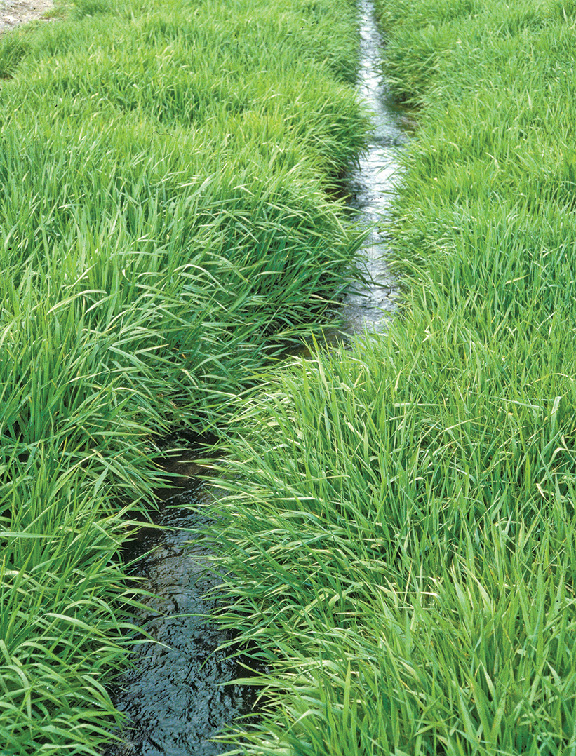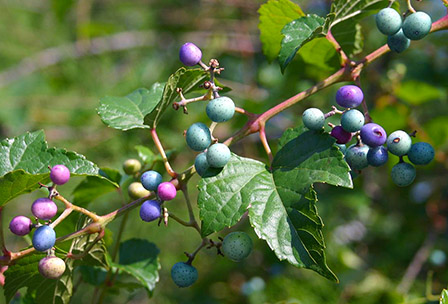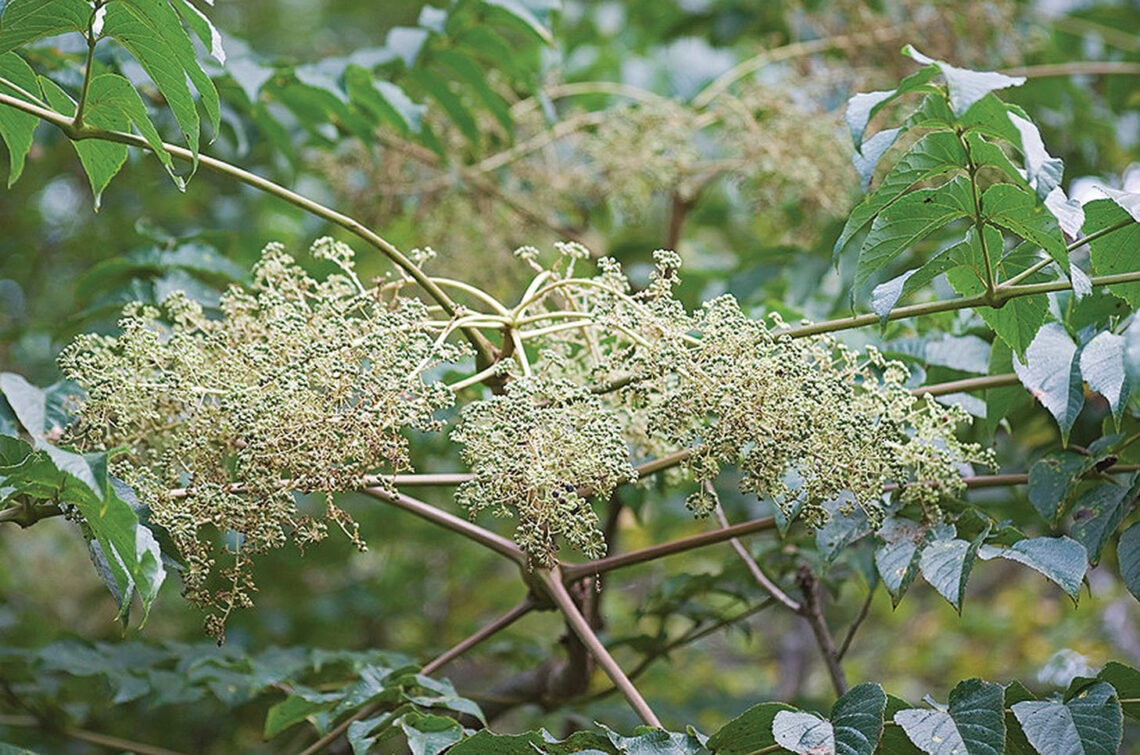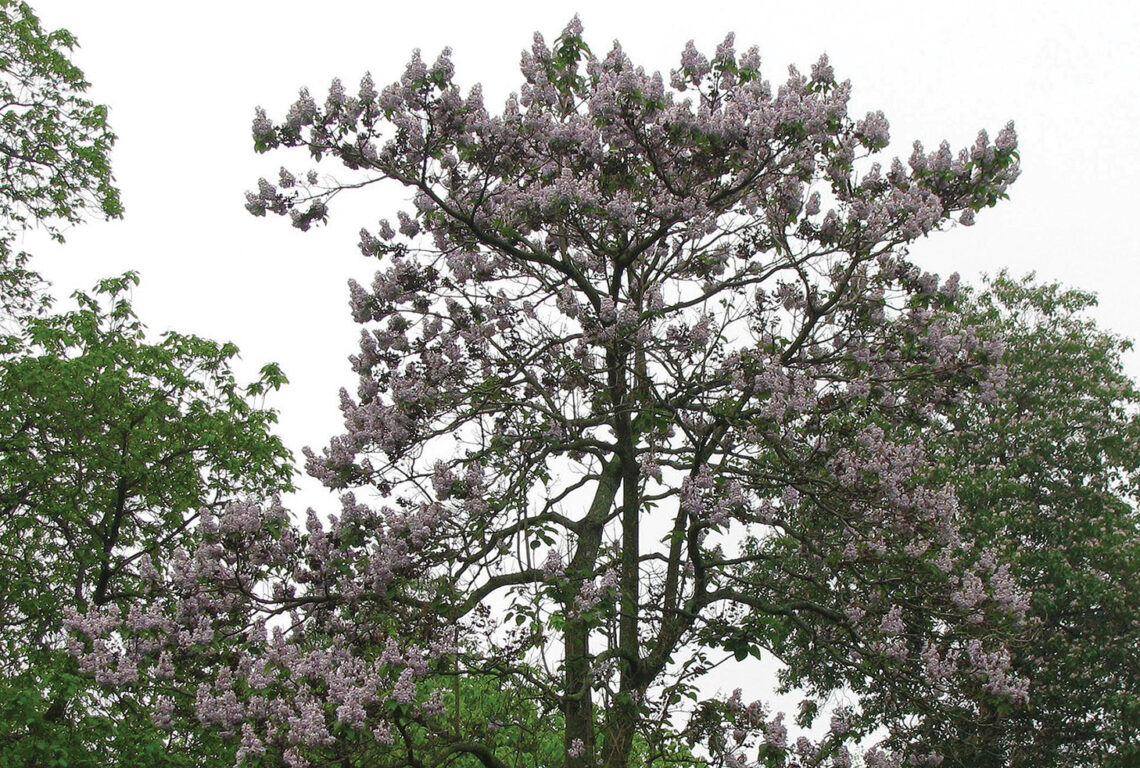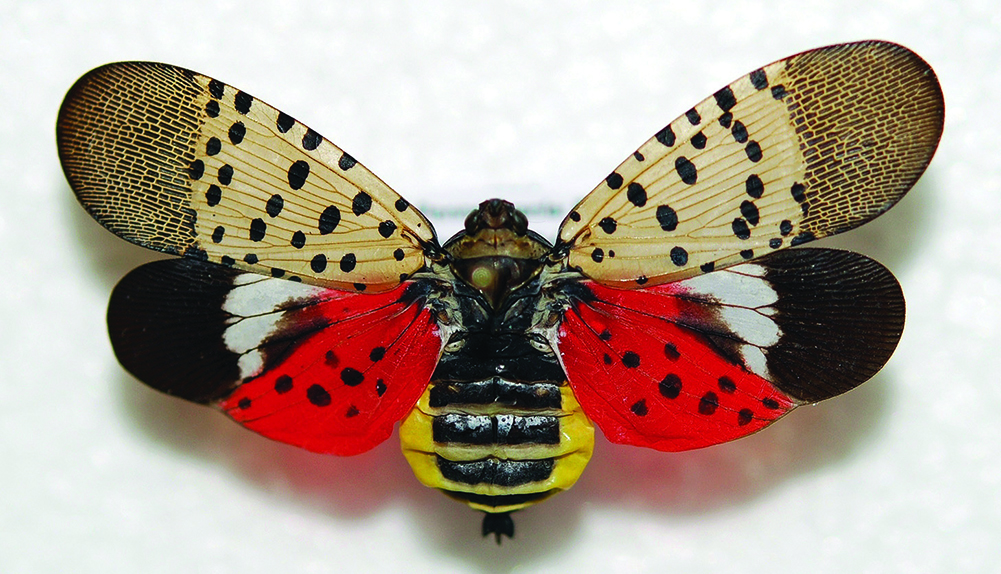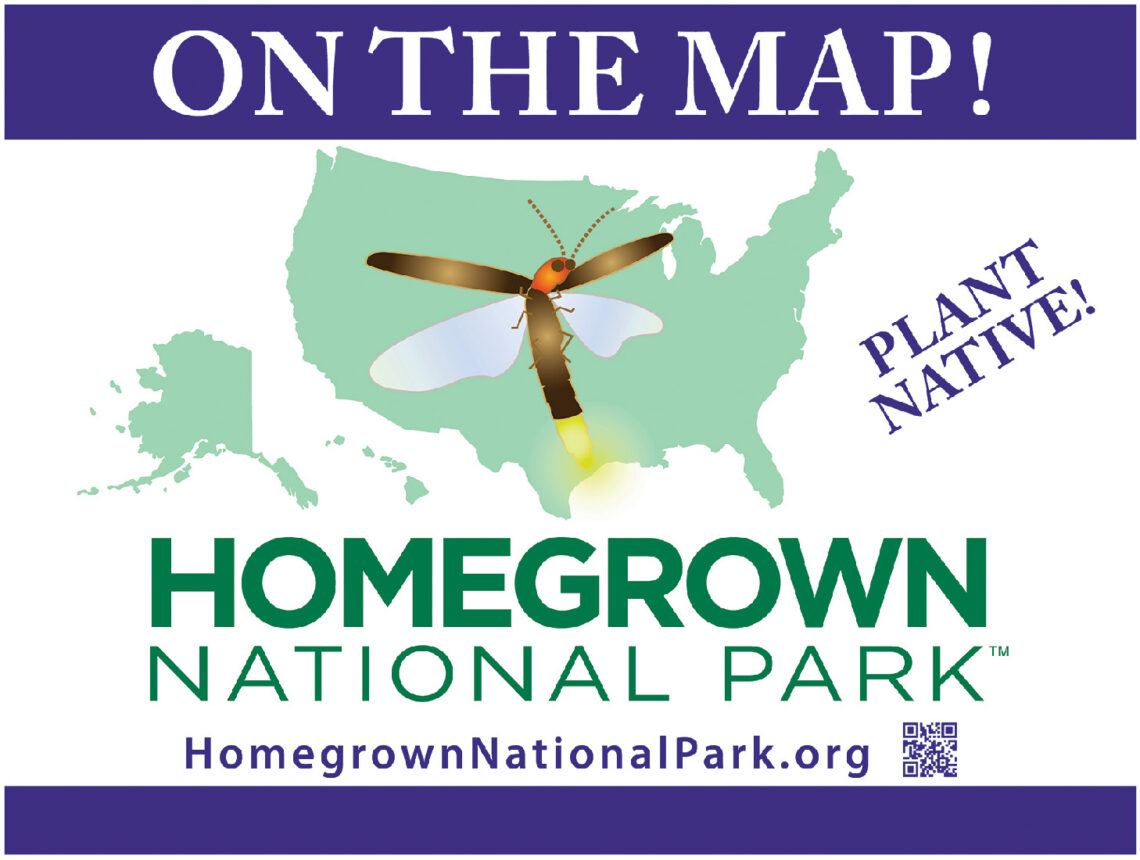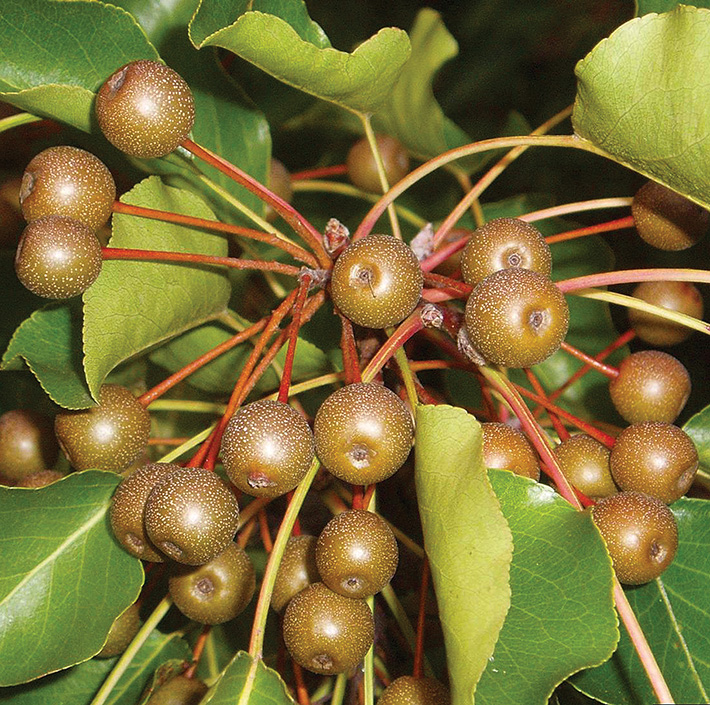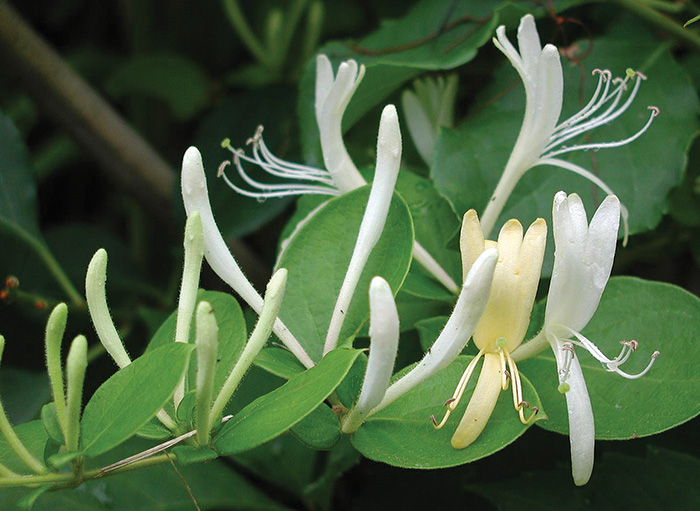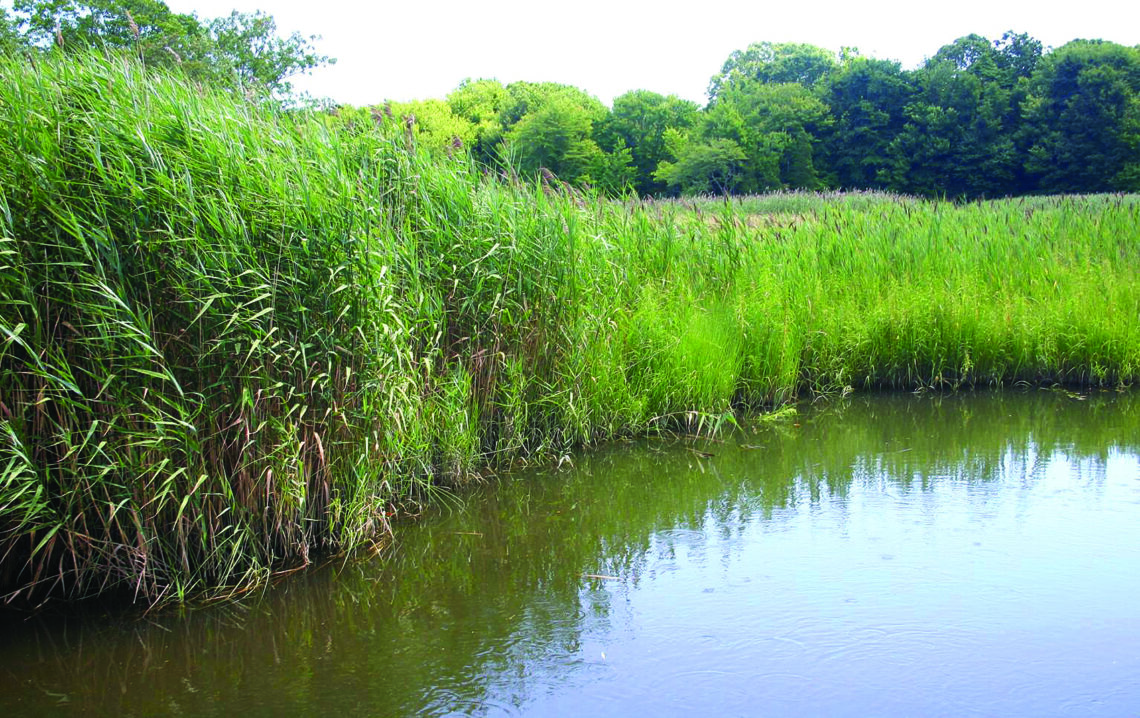Quackgrass (Elymus repens) was added to Connecticut’s official list of invasive plants on Oct. 1, 2024. It has many common names: Medusa’s head, Devil’s grass, witch grass, quick grass, couch grass, twitch, quitch, scratch grass, quake grass, shelly grass, knotgrass, scutch, pond grass, false wheat and creeping wheat. It’s native to Europe and Western Asia. It is thought to have come here with colonists around 1672 and then spread westward in hay bales. It used to be planted as a forage crop. It’s a long-lived perennial, cool-season running grass with creeping rhizomes. The rhizomes typically grow a foot or two before sending out stems and may grow as deep as…
-
-
Official List of Invasive Plants Grows
By Will Rowlands We’re happy to report some activity by Connecticut’s Invasive Plant Council. They’re the group that makes recommendations to the Connecticut General Assembly on plants that should be added to the state’s official list of invasives. It’s been a while since we’ve seen any action. And the envelope please! The new additions to Connecticut’s official list of invasive plants are:• Mugwort (Artemisia vulgaris)• Porcelainberry (Ampelopsis brevipedunculata)• Japanese angelica tree (Aralia elata)• Quackgrass (Elymus repens)• Chinese wisteria (Wisteria sinensis)• Japanese wisteria (Wisteria floribunda) The changes are effective Oct. 1, 2024 and allow for a fine of not more than $100 per plant. Callery pear (Pyrus calleryana) will be added…
-
Invasive Japanese Angelica Tree
Japanese angelica tree (Aralia elata) is now in Connecticut. Fortunately, it’s recently been added to the state’s official list of invasive plants. This deciduous tree/shrub grows 20-30 feet tall and 15-30 feet wide. It can be single- or multiple-stemmed. It’s native to China, Japan, Korea and Russia and was introduced to North America in 1830 as an ornamental. It may have gone undetected for some time because of its resemblance to devil’s walking stick (Aralia spinosa) which is native to eastern North America. Because of its similarity it is important to know the difference before you start removing this plant. To complicate matters the two species may be capable of…
-
Invasive Princess Tree
Princess tree (Paulownia tomentosa) is a fast-growing 30-60 foot deciduous tree native to China that spreads by releasing thousands of tiny winged seeds in the fall. It’s considered invasive and is banned in Connecticut. It is illegal to import, move, sell, purchase, transplant, cultivate or distribute. Also called Empress Tree and Royal Paulownia, it was named after Anna Pavlovna, the daughter of Czar Paul I. It was brought to Europe in the 1834 by the Dutch East India Company and made it to North America in 1844. The seeds were used as packing material by Chinese porcelain exporters before the advent of polystyrene. It was reportedly touted as a wonder…
-
Spotted Lanternfly Quarantine Renewed
The Connecticut Agricultural Experiment Station (CAES) in cooperation with USDA APHIS Plant Protection and Quarantine (PPQ) continued to detect expanding populations of the spotted lanternfly (SLF) in Connecticut through 2023. The Director of CAES hereby announces the renewal of the Order of Quarantine for SLF that was established July 1, 2021, effective January 1, 2024. More information about SLF, the quarantine order and state quarantine requirements can be found at: https://portal.ct.gov/CAES-SLF In 2020 through 2023, multiple adult SLF populations were detected in Fairfield, Hartford, Litchfield, Middlesex, New Haven, and New London Counties. The distribution of this insect continues to expand, posing a threat to the agriculture and forests of Connecticut,…
-
Is Your Yard on the Map?
By Kathy Connolly Millions of people will flock to national parks this summer, anticipating the oceanside cascades at Acadia, the wildlife at Yellowstone, or the views at Shenandoah. All these worthy destinations delight their visitors at the same time as they preserve extraordinary elements of the natural landscape and provide wildlife habitat. But, according to some ways of thinking, the national parks are more like nature museums than nature itself. One of those thinkers is Dr. Douglas Tallamy, whose 40 years of research have aimed to understand how insects interact with plants and how such interactions determine the diversity of animal communities. He is probably familiar to many Connecticut Gardener…
-
Potentially Invasive Callery Pear
Callery pear (Pyrus calleryana) is not officially considered invasive in Connecticut but it should be. For that to happen the Invasive Plants Council (IPC) has to place it on the official list. In Connecticut, the IPC is the body responsible for the state’s Invasive Plant List under CT General Statutes. Callery pear is on Connecticut’s “Research List” of plants about which they’d like more information. It’s considered invasive in a number of states and many sources describe it as not recommended. We add our name to that list but the horse has already left the barn. A native of China, Japan, Korea and Vietnam, Callery pear was originally brought to…
-
Invasive Honeysuckles
First off, a big thank you to the subscriber who came up to me at the CT Flower & Garden Show in Hartford in February and asked about invasive honeysuckles. I don’t know how but honeysuckles have somehow escaped being featured as an invasive in Connecticut Gardener. Until now, that is! Very tricky of it. A whopping six species of Lonicera are considered invasive in Connecticut. Perhaps the best known, Lonicera japonica (Japanese honeysuckle), is a perennial woody vine. The other five are perennial shrubs. How Do You Tell Them Apart? There are a number of botanical differences but the easiest one to remember is this … native honeysuckles have…
-
Jumping Worm Protocol
A new season of plant sales, swaps, and gardening means facing the jumping wormproblem. Avoiding New IntroductionsHere’s a compendium of broad guidelines from several university extensions and the Connecticut Agricultural Experiment Station (CAES) to help you deal responsibly with these invaders going forward. To avoid unwanted introductions, one should have a basic management protocol in place. The boxed links offer a deeper dive and can help those new to jumping worms catch up. The enemy: Jumping worms (Amynthas spp.) are smooth, glossy brown or grayish and they move more like a snake than a ‘traditional’ earthworm. They hatch in April/May from eggs in protected cocoons laid in the fall, live…
-
Connecticut’s Cryptic Invader
Phragmites australis (Common Reed), is neither a reed nor is it from Australia. It’s actually a perennial grass that probably originated in the Middle East. Be that as it may, it is one of the most prolific invasive plants in Connecticut. Phragmites probably arrived in the United States via Atlantic Coast ports in the late 18th and early 19th centuryalong with ballast in sailing ships. It can now be found in all 48 continental states and large sections of southern Canada. Common reed can grow to 15 feetor more and puts down deep roots that have spreading rhizomes. It thrives in moist conditions with plenty of direct sun. It’s a…
